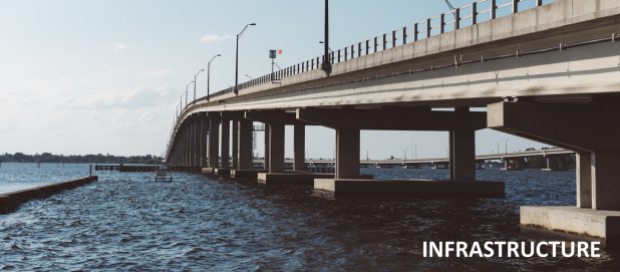
Having been based in Australia for two months now and getting a better view of the overall energy landscape, I’d say that the greatest hurdle we need to overcome is developing an alignment in commitment, plans and action to bring bioenergy especially biomethane into the system energy mix in order to decarbonise.
We are trying to build a bridge to the low-carbon energy future. And there has been many announcement, efforts and plans around hydrogen hubs, hydrogen parks. In the year 2023, the prices of electrolysers didn’t seem to come down all that much as expected, renewable electricity in the form of wind and solar, while being cheap, is bringing about a degree of intermittency that challenges grid operations to the extent that overall cost of electricity or at least access to electricity remains high. As it turns out, we were building the bridge from the destination towards us when we were working on the hydrogen projects. They were good, at some point in the future but it seems that they are not being built fast enough to reach us today. We are still unable to adopt those solutions.
This means that as the decarbonisation targets and emission reduction dreams comes back to bite us, we need to start building the bridge from our side. And biomethane is a great solution that allows us to do that. It displaces natural gas on a one-to-one basis and does not require end-users of natural gas to change their appliances. Biomethane can be spec-ed properly in the biogas upgrading process in order to achieve the quality required for gas grid injection. Moreover, the production of biogas (precursor to biomethane) can be done in conjunction with managing our organic and agricultural wastes which were either being burnt, composted openly or sent to the landfill – all of which involves some kind of carbon emission (albeit short-cycle to a certain extent) that does not achieve extra work done. And don’t get me started on the potential of biogenic carbon dioxide as a future market to build.
Lots of clear work and action. Once we get the perception right and eliminate the misinformation around bioenergy in Australia.




